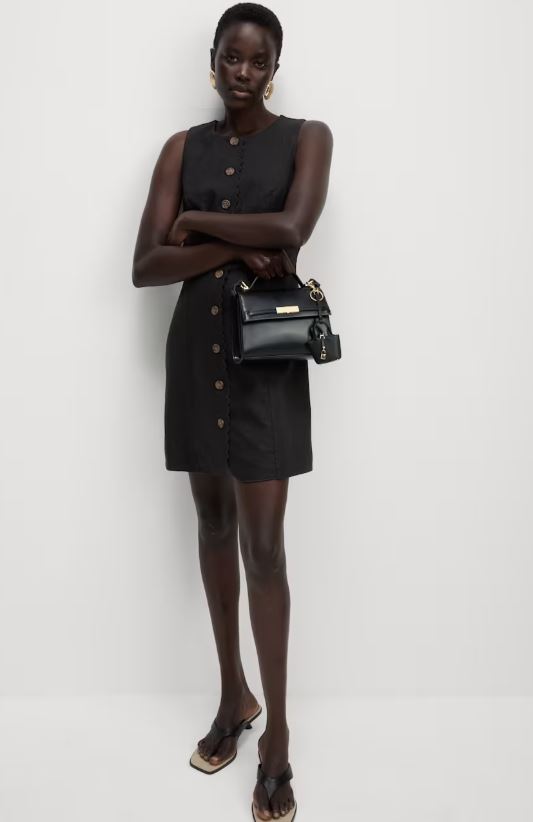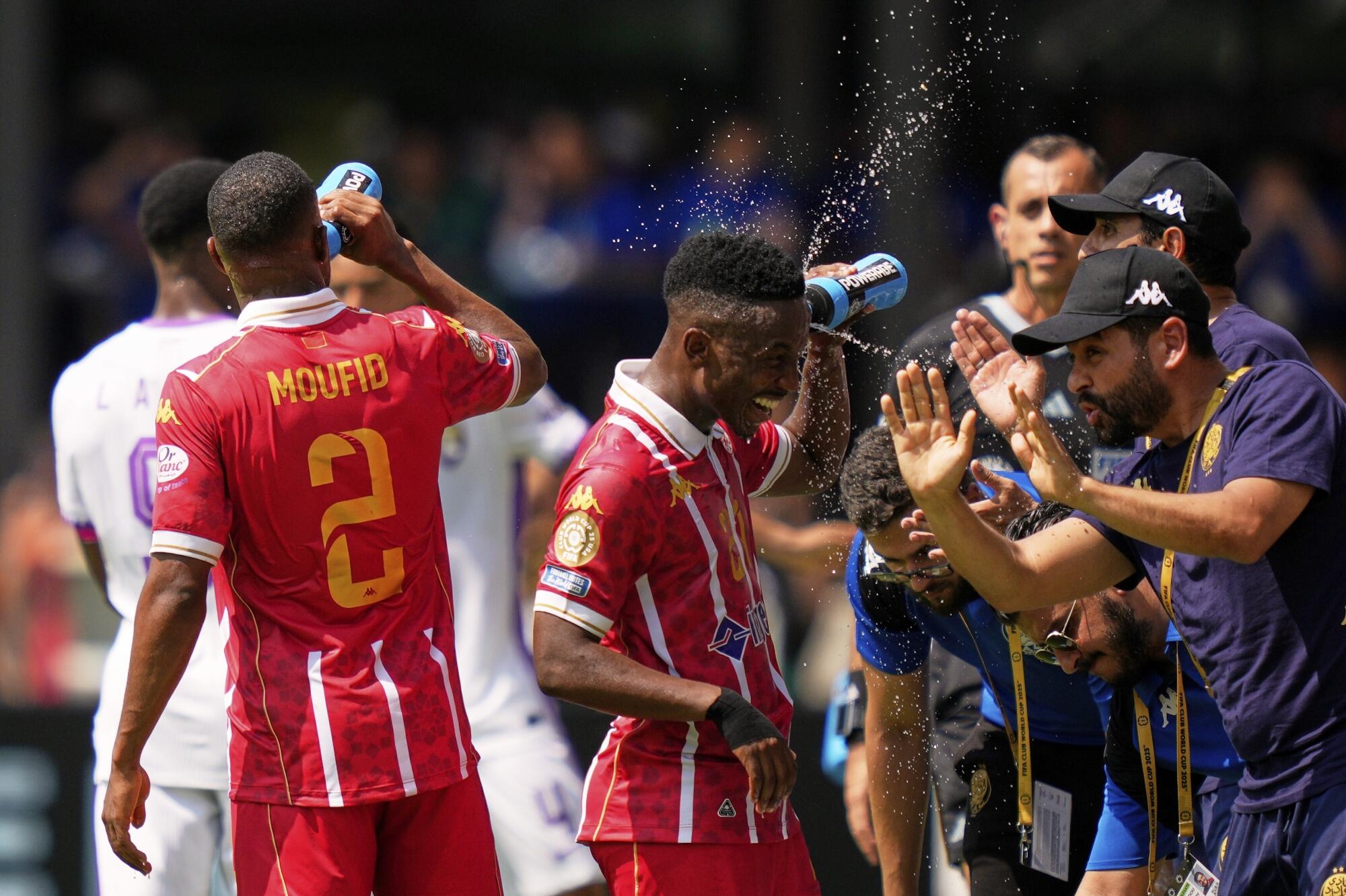Diana Ross at the Hollywood Bowl: 9 iconic moments
Diana Ross returned to the Hollywood Bowl on Friday night for the first of two weekend concerts — her fifth engagement at the hillside amphitheater since 2013 and her second gig in her adopted hometown of Los Angeles in less than a year (following her performance at last August’s old-school Fool in Love festival). In other words, it’s not exactly hard to catch the 81-year-old pop legend onstage these days — which isn’t to say that it’s not worth doing. Here are nine moments that made me glad I showed up Friday:
1. After coming out to — what else? — “I’m Coming Out,” Ross zipped through a frisky Motown medley linking some of the 12 No. 1 hits she and the Supremes scored in the 1960s. Would I have liked to have heard full versions of “You Can’t Hurry Love,” “Baby Love” and “Stop! In the Name of Love”? Sure. But hearing these all-timers stacked up in rapid succession was a thrill of its own — a reminder of the blend of efficiency and ingenuity attained on a daily basis at Hitsville, U.S.A.
2. Ross was backed by more than a dozen musicians at the Bowl, including four horn players and four backing vocalists, and they were cooking from the get-go: crisply propulsive in the Motown stuff; tight and gliding in “Upside Down”; lush yet down-home in Ross’ take on Billie Holiday’s “Don’t Explain,” from her 1972 Holiday biopic “Lady Sings the Blues.”
3. Two wardrobe changes meant that we beheld three glittering gowns in all, beginning with the fluffy canary-yellow number she emerged in. About halfway through the show, Ross slipped into a pipe-and-drape dressing room at the rear of the stage then slipped back out wearing bedazzled ruby red; later, she changed into a shimmering gold look. Each dress came accompanied by a matching shawl that Ross would eventually toss to the stage to be retrieved by a waiting assistant who seemed to know precisely when it would happen.
4. Each dress also came with a bulky mic pack that — in an endearingly peculiar costuming choice — Ross opted to wear on her waist instead of hiding it around back.
5. “I have an album out, a current album — the title of the album is called ‘Thank You,’” Ross told the crowd as she began to introduce a tune from her not-bad 2021 LP. Then she turned her head stage-left toward a sound engineer in the wings: “Who’s talking in the mic? I can hear a mic.” She returned to the audience. “Anyway, the title of the album is called ‘Thank You.’ Each song was specially written so that I could say ‘thank you’ to you for all the wonderful years, all the…” Another glance left. “Somebody’s talking in the microphone.” Another turn back. “We’re gonna start with this one — ‘Tomorrow,’ OK? We’ll start that if I can out-talk whoever’s talking over here.”
6. Ross’ daughter Rhonda joined her mom to sing another new-ish tune, “Count on Me” — “She’s been practicing,” Diana said proudly (if somewhat shadily) — then stuck around to do a mini-set of her own self-help-ish soul-folk songs, one of which beseeched us all to “stop gaslighting ourselves.”
7. Half a century after “The Wiz” debuted on Broadway in 1975, Ross sang her two big numbers from the Black retelling of the “The Wizard of Oz,” which she helped cement as a cultural landmark with her role as Dorothy in a fondly remembered movie adaptation. Here, “Home” was wistful yet determined, while “Ease on Down the Road” got even the high-rollers in the Bowl’s box seats moving.
8. During “Reach Out and Touch (Somebody’s Hand),” Ross led the crowd in a call-and-response recitation of what she called “my mantra”: ”I’m so grateful / For all the blessings in my life / For there are many / All is well / I’m resilient / Thank you, thank you, thank you.”
9. More of Ross’ children appeared onstage at the end of the show to join her for a rowdy “I Will Survive” — and to plug their latest commercial endeavors. “Can I say one thing?” Tracee Ellis Ross asked. “‘Solo Traveling with Tracee Ellis Ross’ on Roku streams today, so check out the show.” Diana Ross reclaimed the microphone and gestured toward her son Ross Naess. “This is my son — he’s doing a line of caviar called Arne Reserve.” She looked around. “Chudney, what’s happening with you?”



